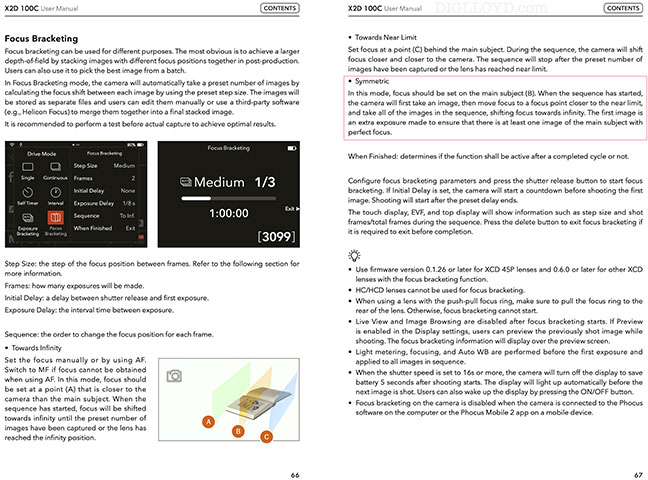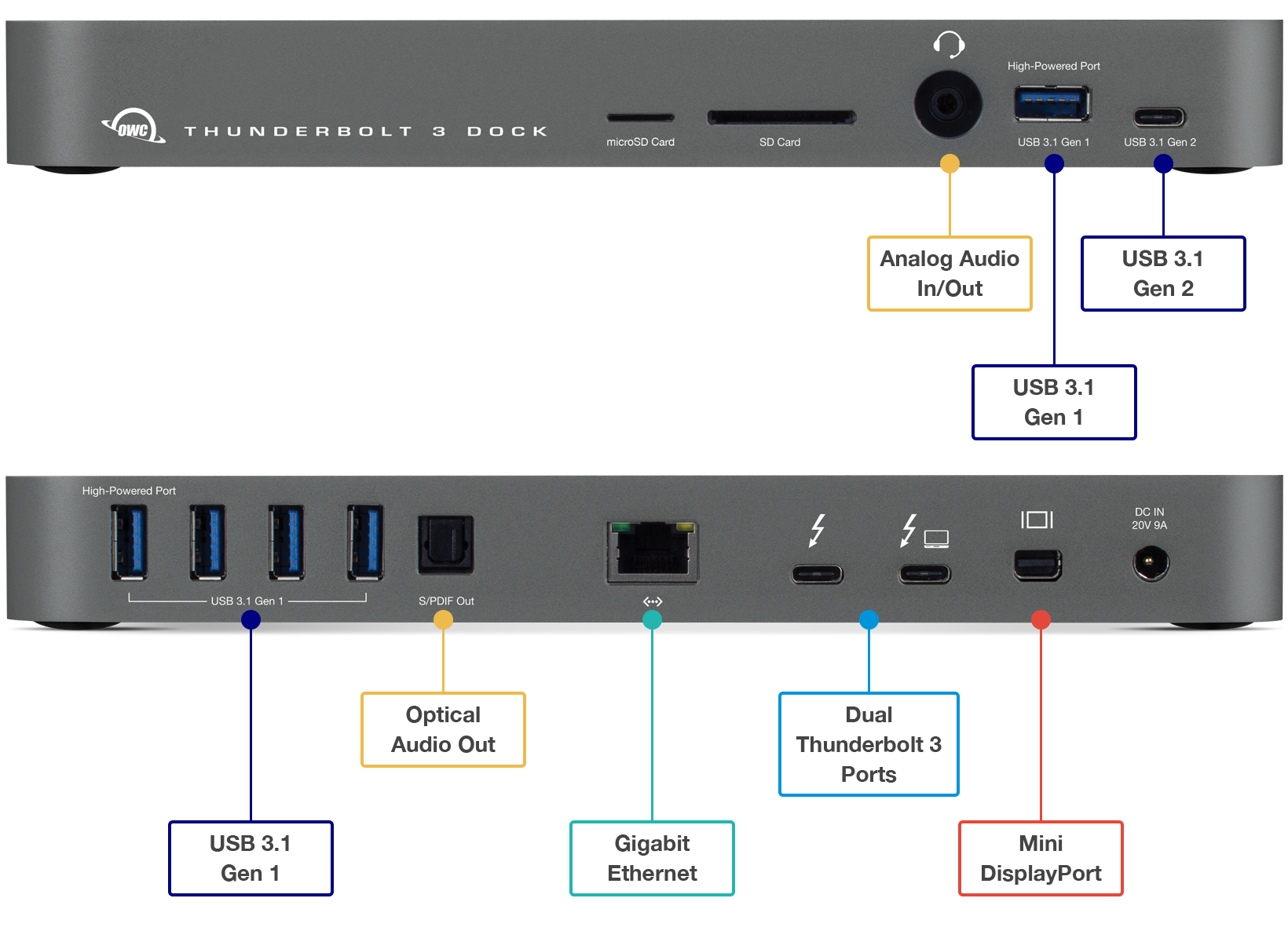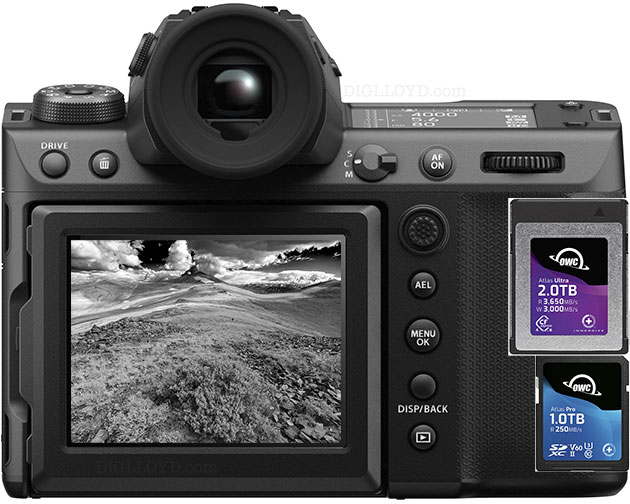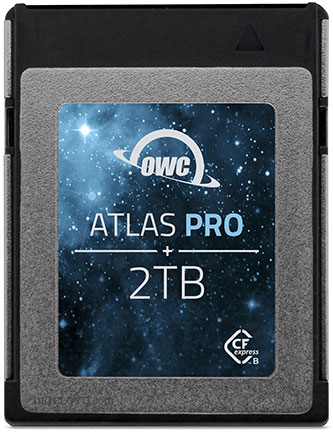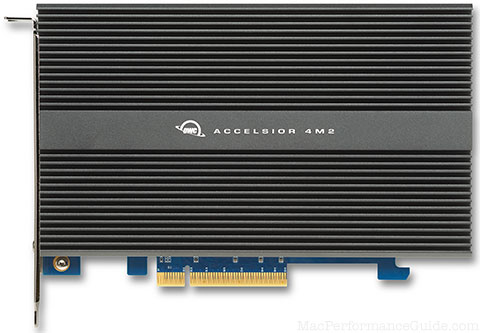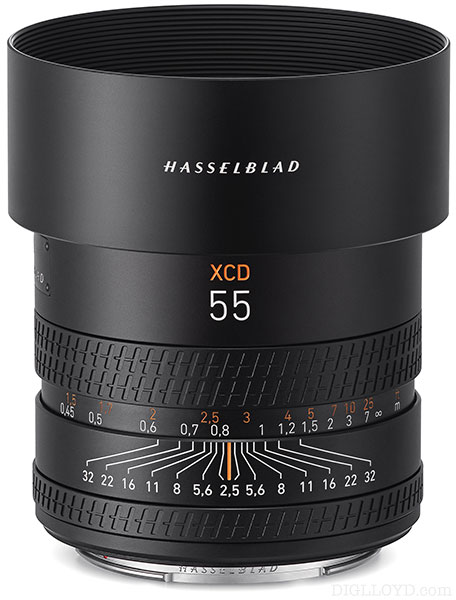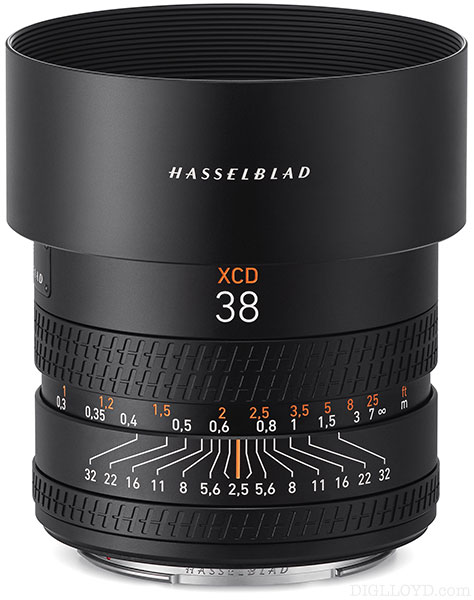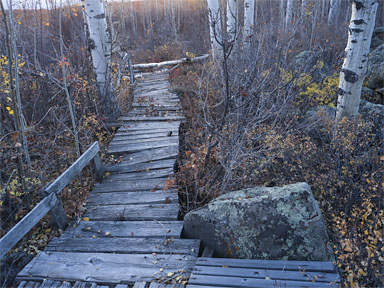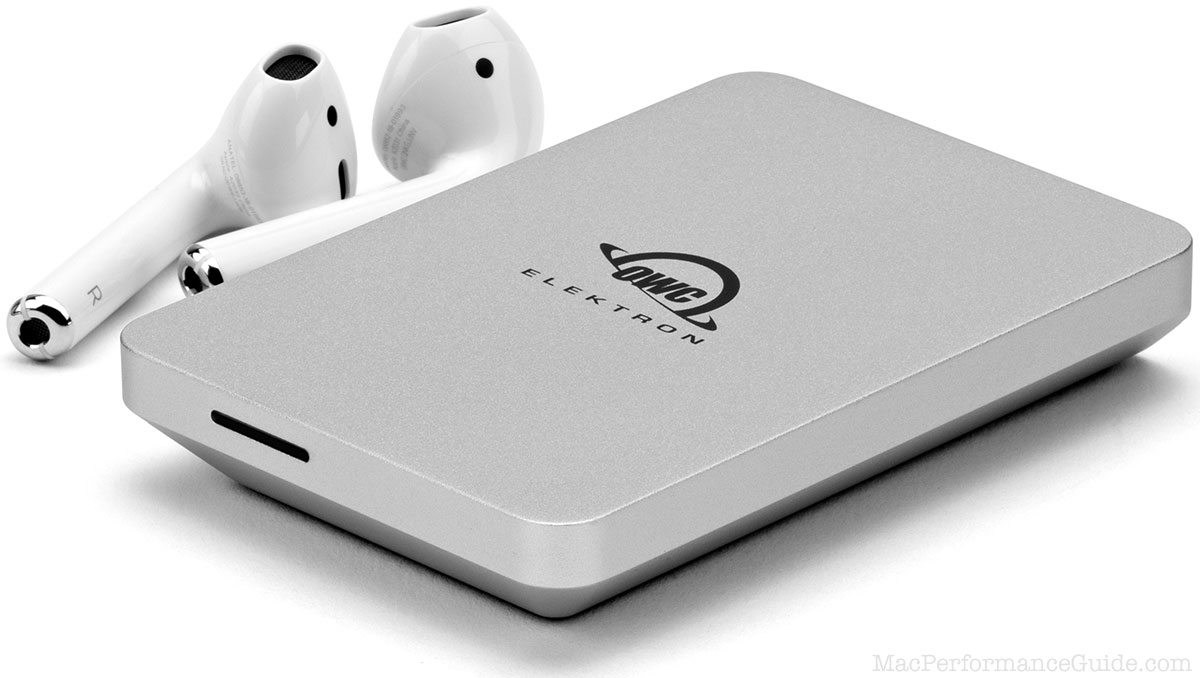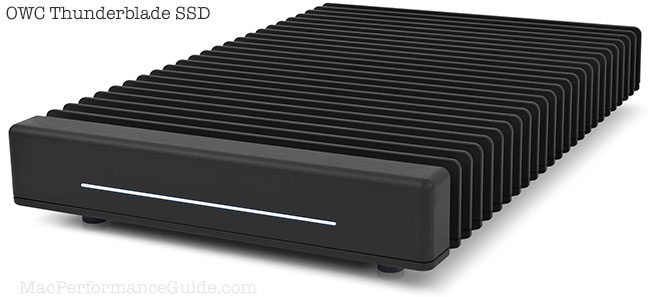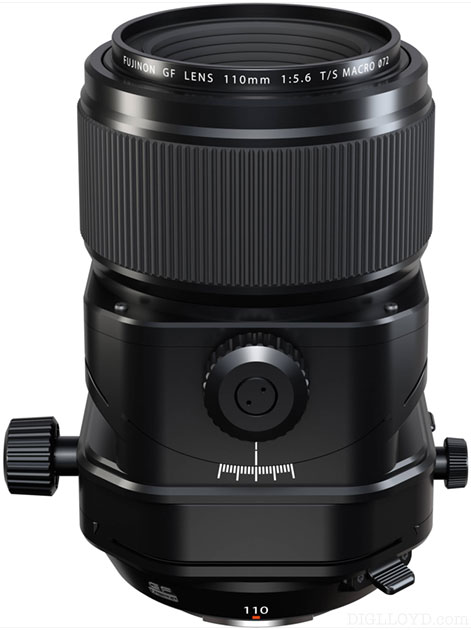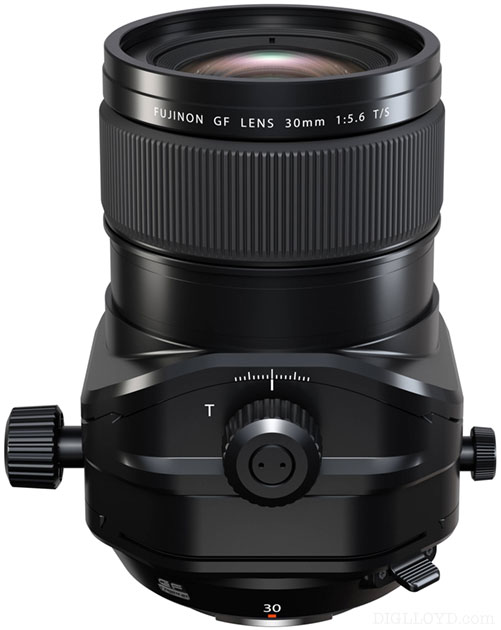2024-05-13 •
SEND FEEDBACK |
 Related
Related:
Adobe, Adobe Camera Raw, camera profile, digital sensor, exposure, Fujifilm, Fujifilm medium format, Hasselblad, Hasselblad medium format, Hasselblad mirrorless, Hasselblad X2D 100C, medium format, post processing, reader comment

Hasselblad X2D 100 C
Such beautiful color in your Hasselblad photos, Lloyd! I’ve always heard that Hasselblad had the best colors right off the bat. Could you please comment about this.
Keep up the good “honest” work. It is greatly appreciated.
DIGLLOYD: since RAW files are just numbers (no color exists!), so color rendition equates to how the RAW file conversion is done. The gross aspects of that are the camera profile, which establishes the color and contrast and all sorts of things having to do with look and feel.
In the case of most of the examples, I actually used the Adobe Color camera profile, which is not Camera Standard eg what the “Hasselblad color” look would be. I used Adobe Color because I liked the rendition better than what the camera matching result would be. Not every image though.
Also, many of the images needed careful tweaks for contrast control, see below.
In other words, the profile is what determines the overall rendition. If you dig that, I strongly suggesting reviewing all my workflow screencasts.
That said, I believe that Hasselblad takes considerable care in tuning the total image quality numbers coming off the sensor, both with quality of electronics as well as the whole analog to digital imaging pipeline. Hasselblad also takes particular care to protect highlights and trends to underexposure to accomplish that (as well as somehow tuning things for ISO 64 when Fujifilm is using ISO100 with the same sensor). Is this better than the Fujifilm GFX100 II with its tweaked ISO 80 sensor from the GFX100S? Too soon to say, but I say that Hasselblad X2D color and image quality are superior to the Fujifilm GFX100S. But I also say that the GFX100S image quality is inferior to the Fujifilm GFX100 II.
Specific example: I have not yet detected the white stripes issue with the Hasselblad X2D, which makes sense in the context of great attention to the imaging pipeline by Hasselbld. It could be there and I’ve just not detected it yet.
Reader Fazal M writes:
I know you’ve collaborated with Ming Thein before, you might have noticed this comment of his:
https://blog.mingthein.com/2018/01/31/long-term-review-the-hasselblad-x1d/
DIGLLOYD: this is what I was alluding to in the comments above, though I had forgotten about this info from Ming, who worked with Hasselbad very closely for a time. All that attention to detail could mean “better” color. But it is better color or just a total higher image quality? Maybe the two cannot be separated. And maybe there is something to it.
OTOH, the camera profile still exerts the main influence, which is why for many of the examples I used Adobe Color. But I also notice quite different white balance and tint betweenthat and Camera Standard. Furthermore, the Fujifilm profiles rock for some situations, making much better clouds with ASTIA for example. These are lacking for the X2D. Which is “better”? I can see arguments both ways. At any rate, the Hasselblad image quality is superb. I just don’t know that it is better than the Fujifilm GFX100 II at this point.
I do not know of a methodology to prove it, given the huge influence of color profiles. Even using the same profile (Adobe Color) does not necessarily prove anything, because it may be sub-optimal for the X2D. I think it comes down to shooting thousands of images and getting a feel for it. I have full confidence in the X2D image quality as superb.I will say that the X2D delivers more pleasing results than the GFX100S. But I also say that the GFX100 II is noticeably better than the GFX100S.
There is also the issue of using Hasselblad Phocus (I am unwilling to do so) versus Adobe Camera Raw.
The Hasselblad X2D might be the best among conventional medium format (PhaseOne IQ4 as good or better), but I do not yet have a sense of the Fujifilm GFX100 II, having had no opportunity to shoot the two concurrently.
CLICK TO VIEW: Hasselblad Wides

f9 @ 2.5 sec electronic shutter, ISO 64; 2022-10-18 18:44:37
Hasselblad X2D 100C + Hasselblad XCD 21mm f/4 @ 18mm equiv (21mm)
ENV: Colorado, altitude 8400 ft / 2560 m, 58°F / 14°C
RAW: Adobe Color, Enhance Details, LACA corrected, vignetting corrected, WB 5000°K tint 4, push 1 stops, +100 Shadows, +10 Whites, +20 Contrast, +10 Clarity, AI Denoise 10, diffraction mitigating sharpening
[low-res image for bot]
The image above could not just be processed trivially, I had to push it, boost the shadows, correct vignetting, etc. The raw conversion adjustments mods are shown in the caption with every image I publish, though I sometimes forget to add a few to the image metadata info.
As shown below, the image above was an ideal ETTR exposure with a very dark hugely underexposed foreground.

RawDigger info and histogram

Hasselblad XCD 21mm f/4
What a shame that Hasselblad has discontinued the XCD 21/4—nothing else out there like it for medium format. A real gem. I’ve queried Hasselbad twice now on the “why”, but so far no answer.
...
This page presents evaluates the Hasselblad XCD 21mm f/4 from f/4 to f/11 on a near-far scene.
It is especially instructive in showing how field curvature affects sharpness across the frame, and why careful focus placement matters to total sharpness.
Hasselblad XCD 21mm f/4 Aperture Series: Whiteout Morning (X2D)
Includes images up to full camera resolution from f/4 to f/11, plus crops.
CLICK TO VIEW: Hasselblad Wides

f6.3 @ 0.5 sec electronic shutter, ISO 64; 2022-10-18 18:32:58
Hasselblad X2D 100C + Hasselblad XCD 21mm f/4 @ 18mm equiv (21mm)
ENV: Colorado, altitude 8400 ft / 2560 m, 55°F / 12°C
RAW: Adobe Color, Enhance Details, LACA corrected, WB 5000°K tint 4, push 0.83 stops, +10 Whites, +10 Clarity, AI Denoise 10, +10 Vibrance
[low-res image for bot]

Hasselblad XCD 21mm f/4
Regarding MTF, Hasselblad states:
Our calculations are conducted without factoring in distortion correction, which typically has a negligible effect on MTF. While distortion correction in Phocus is available, it's not mandatory.
Ummm... not so true.
I’ve published the distortion graph along with a distortion correction example vs no correction example for the Hasselblad XCD 21mm f/4.
Distortion Correction for Hasselblad XCD 21mm f/4
Includes example at full camera resolution plus crops corrected vs uncorrected.

Cabin, Eastern Side
f9 @ 40.0 sec electronic shutter, ISO 64; 2022-10-18 18:45:44
Hasselblad X2D 100C + Hasselblad XCD 21mm f/4 @ 18mm equiv (21mm)
ENV: Colorado, altitude 8400 ft / 2560 m, 58°F / 14°C
RAW: Enhance Details, LACA corrected, vignetting corrected, AI Denoise 10
[low-res image for bot]

Hasselblad XCD 21mm f/4
These various examples were in Colorado in October 2022. This page discusses optical behaviors when warranted but otherwise is about how the images look overall.
The sweeping angle of view is unlike any other lens in the XCD line. So very nice for the outdoors.
Having achieved this optical feat, Hasselblad has dropped this gem from its lens lineup.
Hasselblad XCD 21mm f/4 Examples: Colorado in October
All examples all presented at up to full camera resolution. Best appreciated on a 6K display.
More examples to be added today...

Towering Aspen at Sunset
f9 @ 2.5 sec electronic shutter, ISO 64; 2022-10-18 18:44:37
Hasselblad X2D 100C + Hasselblad XCD 21mm f/4 @ 18mm equiv (21mm)
ENV: Colorado, altitude 8400 ft / 2560 m, 58°F / 14°C
RAW: Adobe Color, Enhance Details, LACA corrected, vignetting corrected, WB 5000°K tint 4, push 1 stops, +100 Shadows, +10 Whites, +20 Contrast, +10 Clarity, AI Denoise 10, diffraction mitigating sharpening
[low-res image for bot]

Mule Deer Doe Drinking
f9 @ 0.5 sec handheld electronic shutter, ISO 64; 2022-10-18 18:19:49
Hasselblad X2D 100C + Hasselblad XCD 21mm f/4 @ 18mm equiv (21mm)
ENV: Colorado, altitude 8400 ft / 2560 m, 58°F / 14°C
RAW: LACA corrected, WB 5200°K tint 4, push 0.85 stops, +100 Shadows, -100 Highlights, +10 Whites, +10 Dehaze, +10 Clarity, diffraction mitigating sharpening, +10 Vibrance
[low-res image for bot]

Leafless White Aspen amid Grasses
f11 @ 1/75 sec electronic shutter, ISO 64; 2022-10-18 16:18:00
Hasselblad X2D 100C + Hasselblad XCD 21mm f/4 @ 18mm equiv (21mm)
ENV: Colorado, altitude 8400 ft / 2560 m, 68°F / 20°C
RAW: Adobe Color, Enhance Details, LACA corrected, vignetting corrected, push 0.4 stops, +10 Whites, +10 Clarity, AI Denoise 10, diffraction mitigating sharpening, +10 Vibrance
[low-res image for bot]
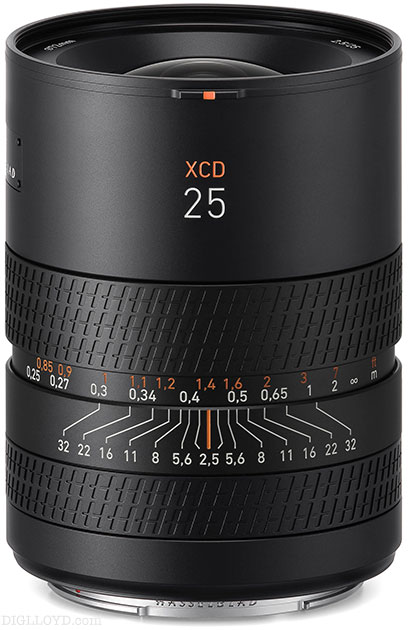
Hasselblad XCD 25mm f/2.5 V
I posed two questions to my Hasselblad press contact 2024-05-09.
Hasselblad response, 2024-05-13
Thanks again for your questions. Below are our answers.
- DIGLLOYD: does Hasselblad calculate or measure for MTF? No statement is made, I presume it is calculated from a model.
The published data are calculated in the datasheet- attached to this email.
- DIGLLOYD: do the MTF charts take into account distortion correction that is mandatory in Phocus.
Our calculations are conducted without factoring in distortion correction, which typically has a negligible effect on MTF. While distortion correction in Phocus is available, it's not mandatory.
Additionally, the published curves do not incorporate the Phocus correction for lateral color. However, it's worth noting that this correction usually yields a positive impact on MTF.
Thank you, Hasselblad Press
Calculated not measured
AFAIK, the only company that actually measures MTF for publication is Zeiss. The Zeiss K8 MTF tester was demonstrated to me in Oberkochen by the late Hubert Nasse, who coined the term fantasy MTF to describe the shenanigans (my word) used by companies to make performance claims.
Hasselblad seems to have high levels of quality control, but when selling $$$$$ lenses whose performance claims are not actually verified by testing real lenses... that leaves me disappointed.
Computer models for behavior (virtually any kind) range from wish-goals to little more than propaganda, as recent years demonstrate. We would like to hope that the lenses we buy deliver tp the MTF chart claims, but my experience over 15 years of testing hundreds of lenses from virtually every vendor tell me otherwise. They rarely describe real lens performance. The most recent example I can point to here is my quest to find a Fujifilm GF 20-35mm f/4 as good as the one I first tested.
That different samples of the same lens can perform quite different makes a mockery of MTF charts of any kind, unless the vendor explicitly guarantees at least as good a performance as the published charts. The Zeiss Otus lenses were held to that standard. Some were better, but none were worse, or at least that was what I was told.
CLICK TO VIEW: Hasselblad Wides

Hasselblad XCD 25mm f/2.5 V: calculated (not measured) MTF including diffraction MTF
Distortion Correction
I am glad to hear that Hasselblad Phocus does not mandate the correction.
I take huge issue with the claim above that distortion correction “typically has a negligible effect on MTF”. This is emphatically false, as I have shown with every vendor’s lenses repeatedly in numerous articles with A/B comparisons. Namely the areas in which maximum stretching is required are guaranteed to lose resolving power, by simple math if nothing else. And this is readily visible in a loss of brilliance and detai.
Lateral color
I agree that correcting lateral chromatic aberration improves MTF when the model of it maps exactly to the lens actual behavior for the specific lens in use. However, I regularly see cases where a lens is 'off' in which case the correction can improve things on one side of the frame while creating LaCA on the other side, and thereby reduce MTF. A lens whose LaCA is nil is always a superior choice, because real lenses always deviate significantly from computer model designs.


























